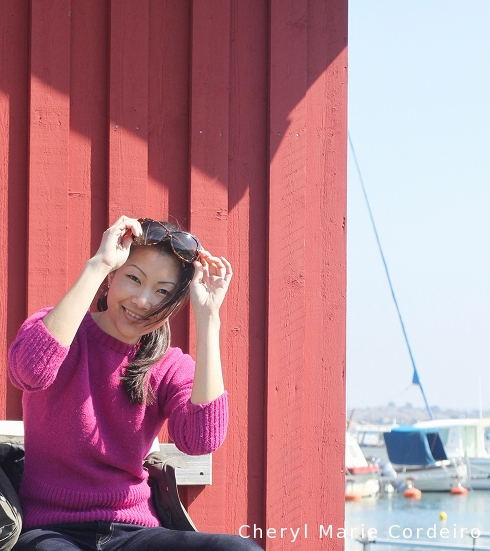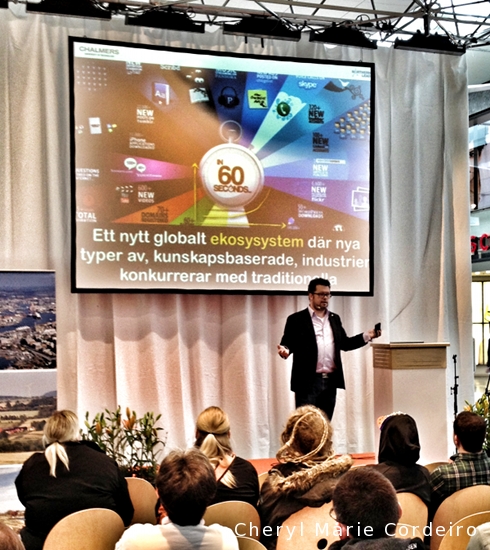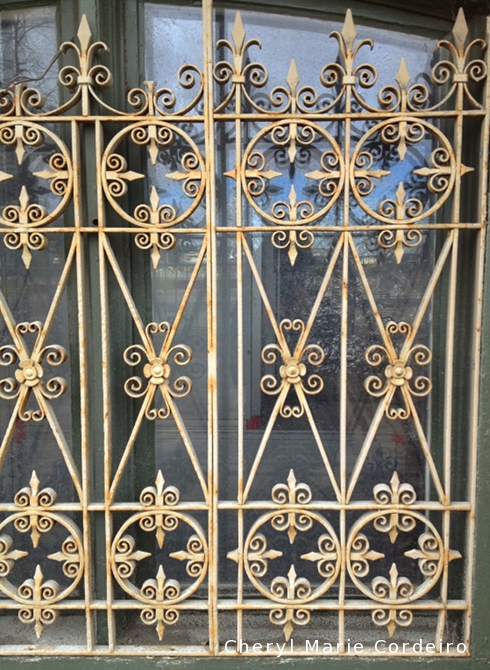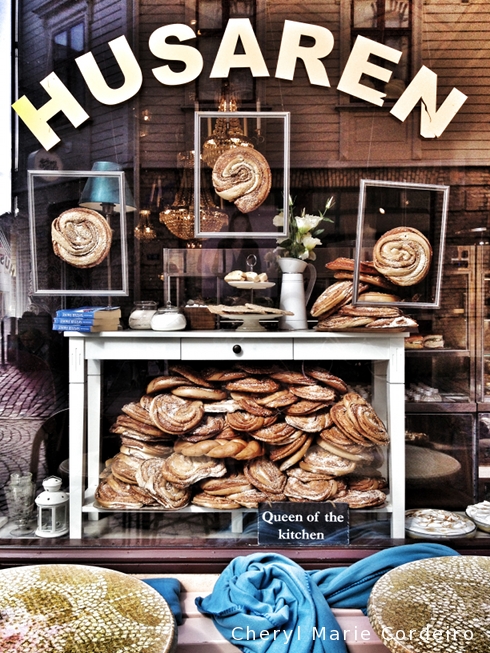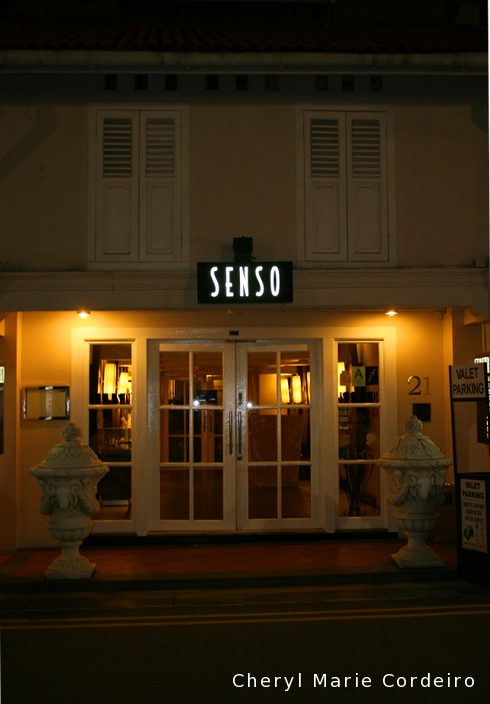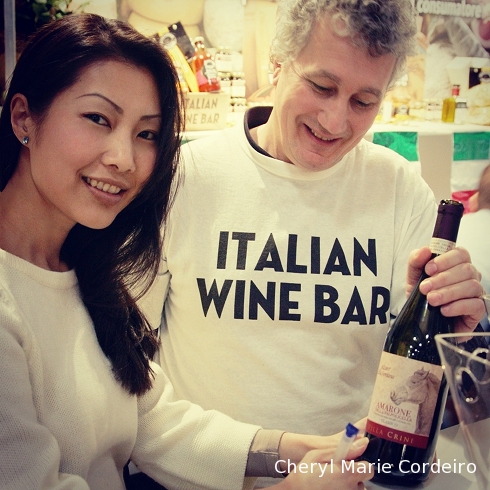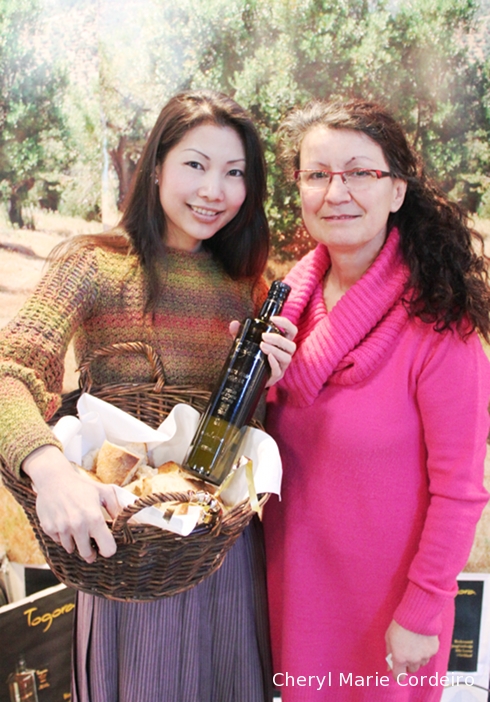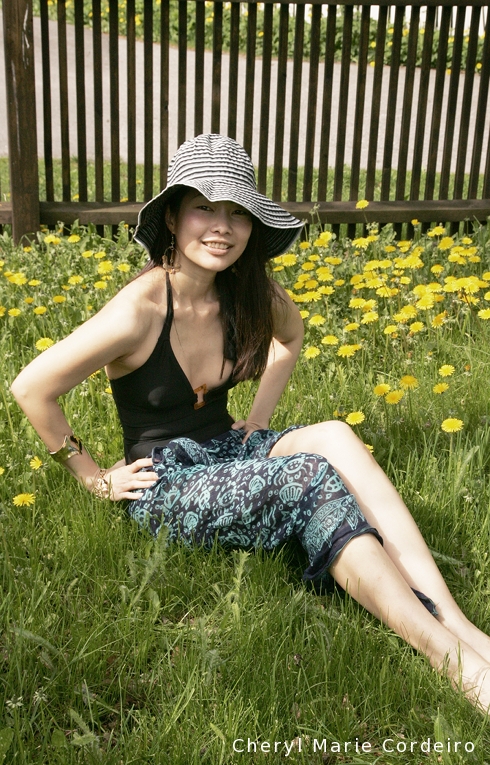
In weather that calls for a straw hat and a pareu,
by the dandelions, along the Swedish west coast.
Text © JE Nilsson, CM Cordeiro 2013
Summer and straw hat weather in Sweden arrived with express speed – if you blinked you missed the spring – and it is already time for outdoor activities such as a visit to the beach front, coupled with gardening and grass cutting.
One of my personal favourite sights in the garden is the slightly obnoxious and always seemingly happy dandelions. Considered weeds, however threatened they are to become one head shorter in the process of clipping and pruning, they continue to beam like small suns in the grass.
Continue reading “Straw hat weather in Sweden”
